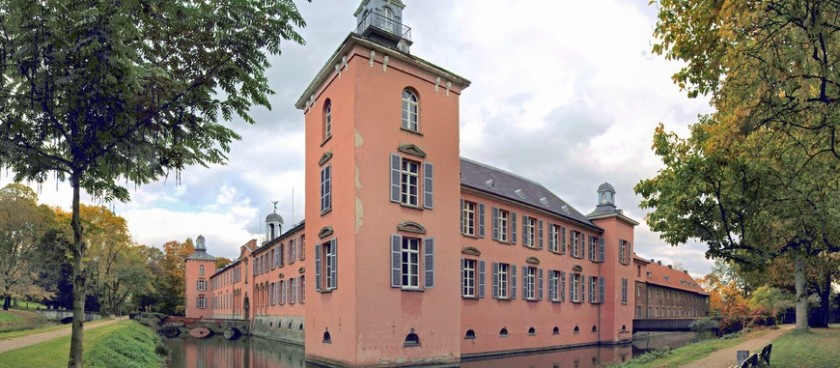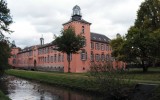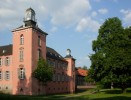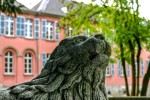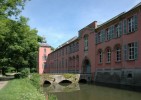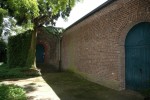- #DE59
- Oberdorfstraße 10, 40489 Düsseldorf, Germany
- 51.3041550, 6.7572592 Copy to clipboard Copy
-
#Castles
For the first time, mention of one of the most popular sights of Dusseldorf is found in the annals of 309, when the German lands were part of the Roman Empire under the rule of Emperor Constantine I. Historical chronicles do not even talk about the castle of Calcum, but only about a certain possession on the territory of the German lands, but without a detailed description.
A later documentary message dates back to the middle of the 9th century, when the king of the East Franks from the famous Carolingian dynasty, Arnulf of Carinthia, ordered the possession. The highest grace was bestowed on the humble canon of the Harz. From now on, the servant of God became the owner of the local church, the manor's courtyard, the mill, and a section of the forest that densely surrounded Kalinheim (the former name of Calcum). In the 12th century, the Calcum family listed in historical sources as the owner of the estate. No news of further events around the estate has survived. The new message dates back to the beginning of the 16th century when the ownership passed to the Winkelnhausen family. By this time, nothing remained of the old castle - the name was "inherited" by a new building that replaced the decrepit building.
There is a small memorial in the park dedicated to Ferdinand Lassalle - the famous German politician, lawyer, author of several philosophical works. Lassalle Castle was connected with the case of the family of the then owners of the castle: as a lawyer, he represented the interests of Countess von Gazfeldt in multi-year divorce proceedings. Sophia Josephine was married against her will to end the long-term enmity between the two clans of the Gazfeldt-Wildenburg and Trachtenberg families. The process lasted for almost four dozen court hearings, the case was considered in court for 6 years - from 1848 to 1954. All these years the lawyer and his trustee lived in Dusseldorf. Participation in the revolutionary events of 1848 added Sophia Josephine the title of "Red Countess".
The communication between the lawyer and his ward was interrupted by the death of Ferdinand Lassalle. In memory of him, the Countess devoted the rest of her life to promoting the works of the philosopher, publishing letters and articles. She continued the work of her friend, taking an active part in the work of the All-German Workers' Union created by Lassalle - the prototype of the Social Democratic Party of Germany. The memory of the outstanding woman is immortalized with a memorial plaque installed on the wall of a historic building.
The castle acquired its present appearance in the early years of the 19th century. The solid rectangular building made of pink bricks made in the traditional Baroque style of that time. The park surrounding the castle was designed by the architect M.F. Weich in the English style. The building is surrounded by water along the perimeter - this is an echo of the medieval tradition of surrounding castles with a water barrier to protect residents from enemy raids. Through the entrance gates, located on three sides of the castle, you can go into a spacious courtyard.
The territory of the castle is now a popular cultural site - various events are often held here, soloists and orchestras with classical music programs perform. Calcum also serves as a repository for materials from the official archives of North Rhine-Westphalia.
How to get to Calcum Castle
Subway Kalkumer Schloßallee - U79
Bus Schloss Kalkum - 728, 749, 751
